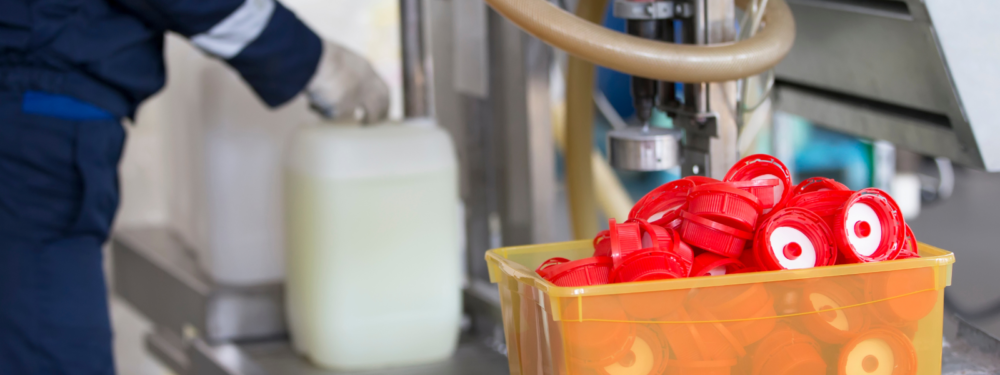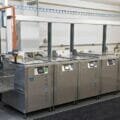Achieving Optimal Finishing Results: The Importance of Dosing Units in Vibratory Machines
In the realm of surface finishing, dosing units play a vital role in efficiently processing liquid compounds in vibratory machines. These machines are used extensively across various industries to enhance the quality, durability, and aesthetics of manufactured parts. However, the control of dosing is critical, as using either excessive or inadequate quantities of the compound can lead to major setbacks like insufficient finishing, the need for reprocessing, and increased costs. This article delves into the significance of dosing control and outlines the repercussions associated with incorrect dosing practices.
The Role of Dosing Units:
Dosing units employed in vibratory machines are responsible for precisely measuring and dispensing liquid compounds that facilitate the finishing process. These compounds are typically composed of special additives, abrasives, and lubricants tailored to meet specific requirements, including corrosion prevention, surface enhancement, or imbibing desired textures. By accurately controlling the dosing, manufacturers can ensure consistent coating applications and optimal processing times.
Importance of Dose Control:
Controlling the dose of liquid compounds is crucial for achieving the desired finishing outcome. Both under-dosing and over-dosing can result in adverse consequences. When insufficient quantities are used, the vibratory action may not effectively distribute the compound across the entire surface, leading to inconsistent coating or finishing defects. On the other hand, excessive dosing can cause accumulation, resulting in ineffective parts separation, poor rinsing, and increased consumable usage.

Insufficient Finishing:
Insufficient finishing occurs when the dosing unit fails to deliver an adequate amount of compound during the processing cycle. This may leave parts with uneven textures, visible defects, or unsatisfactory levels of protection against corrosion or wear. Subpar finishing can compromise the overall quality of the parts, negatively impacting their functionality or appearance. Consequently, this may trigger customer dissatisfaction, increased reject rates, and potential revenue loss for manufacturers.
Reprocessing and Increased Costs:
When parts do not meet the desired finishing requirements due to inadequately dosed compounds, manufacturers are compelled to reprocess them. This not only consumes additional time and resources but also intensifies production costs. Moreover, reprocessing adds unnecessary strain to the manufacturing workflow, which may result in delayed deliveries and unsatisfied customers. Furthermore, overusing liquid compounds due to incorrect dosing can lead to higher consumable costs, adding financial burden to manufacturers. Achieving precision in the dosing process ensures efficient resource allocation, cost-effectiveness, and timely delivery of consistent, high-quality finished parts.
In the world of vibratory machine finishing, dosing units play a pivotal role in ensuring optimal results. Accurate dosing control not only improves the quality and durability of finished parts but also minimizes the need for reprocessing, saving valuable time and resources. Manufacturers must invest in reliable dosing units, maintain precise dosing settings, and regularly calibrate their equipment to avoid both under-dosing and over-dosing pitfalls. By doing so, they can ultimately enhance productivity, customer satisfaction, and profitability in the highly competitive manufacturing industry.









